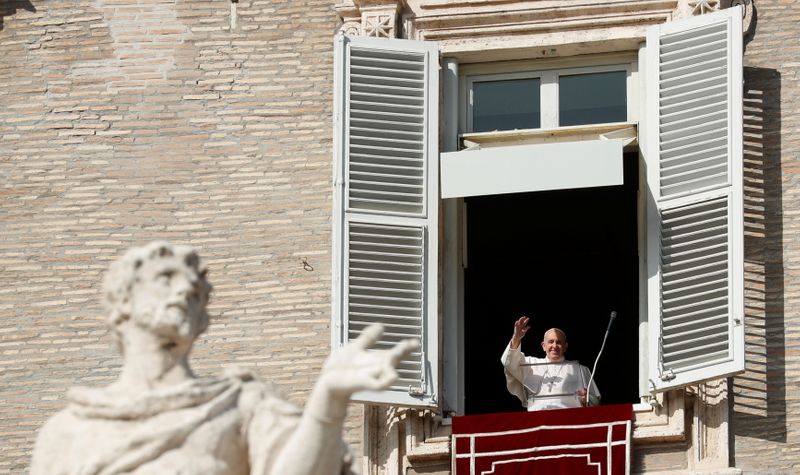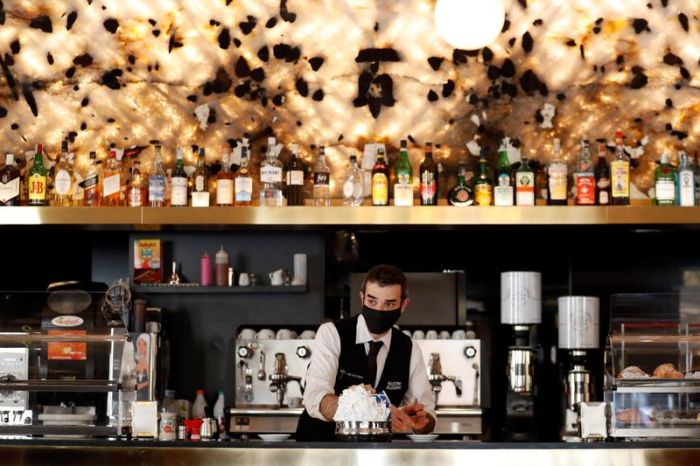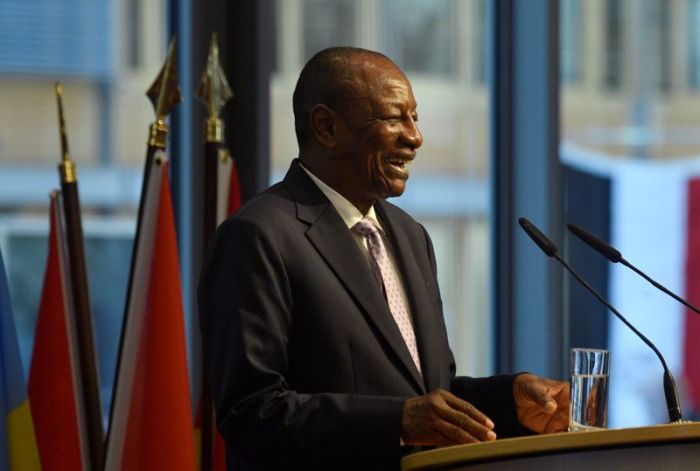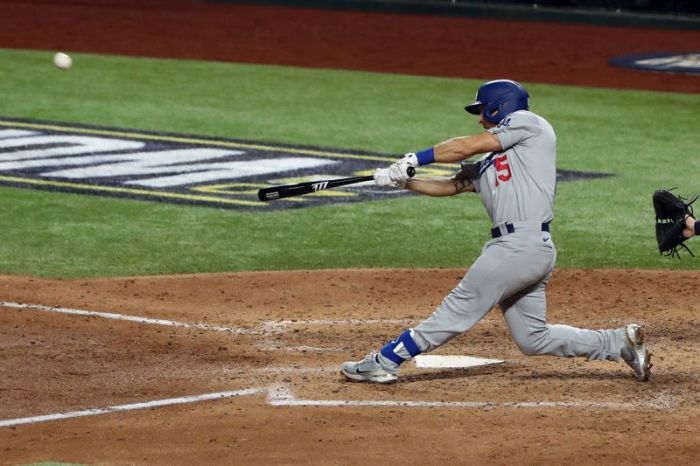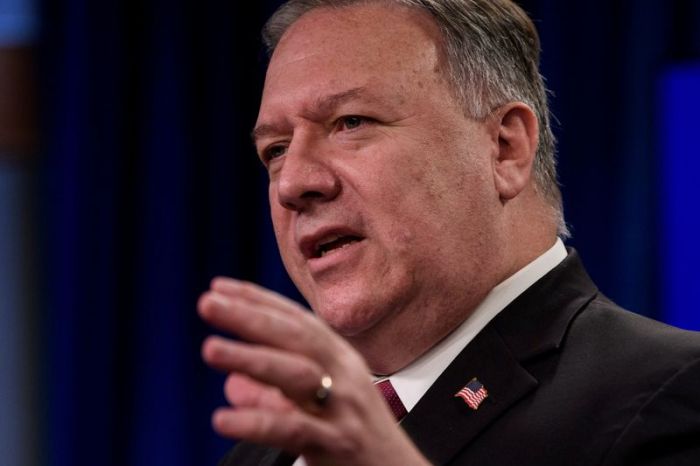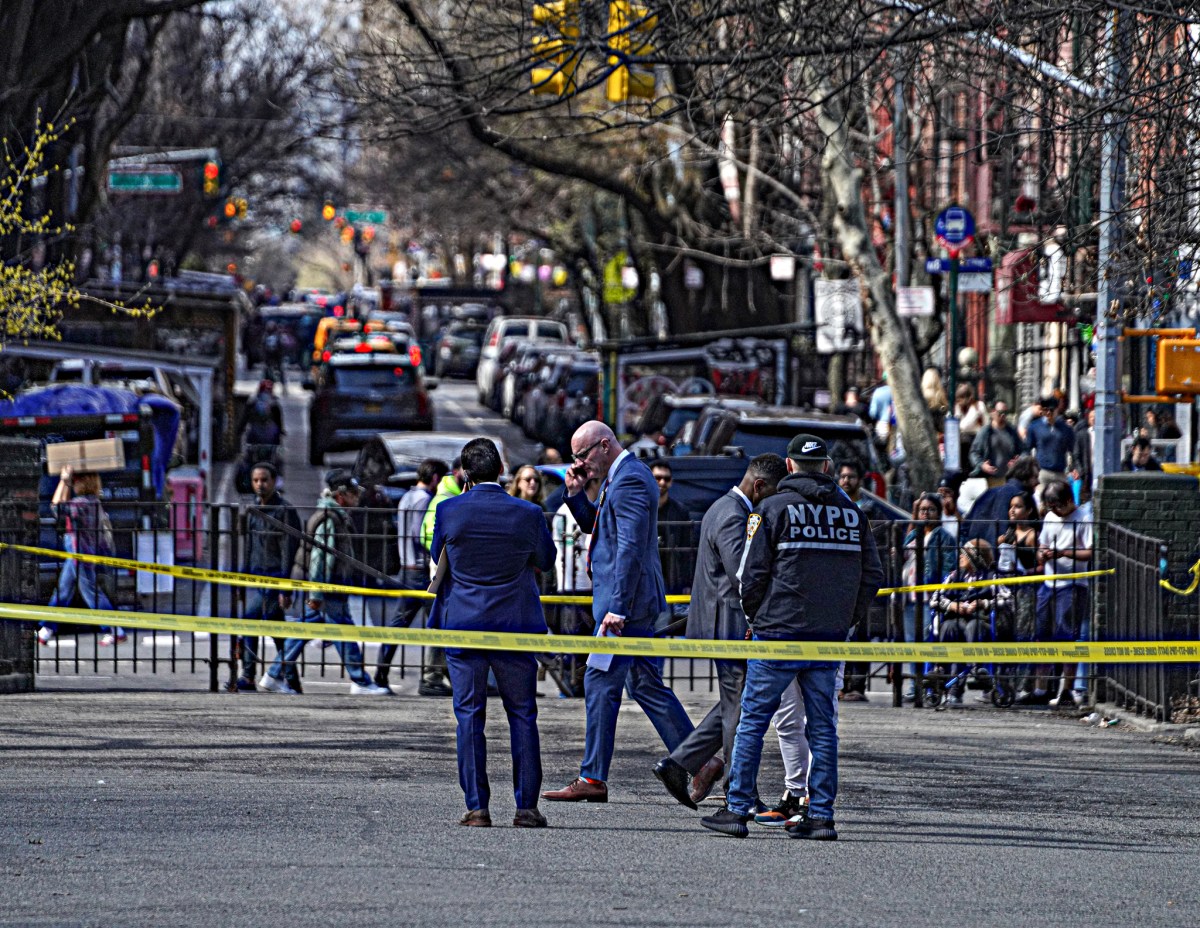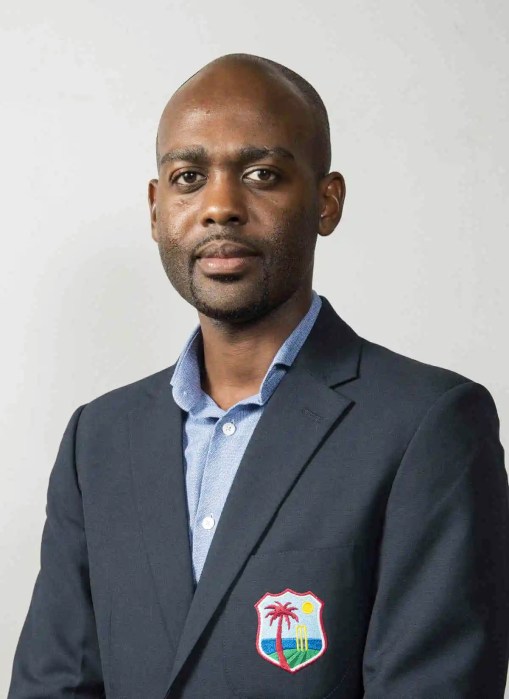VATICAN CITY (Reuters) – Pope Francis, leaving his mark on the Roman Catholic Church into the future, named 13 cardinals from eight countries on Sunday, including nine who are eligible to enter a conclave to elect his successor after his death or resignation.
The nine new cardinal electors, whom the pope listed in a surprise announcement while addressing pilgrims from his window overlooking St. Peter’s Square, include Archbishop Wilton Gregory of Washington D.C.
Gregory, who will become the first African-American to hold the rank, has become a national figure in recent months. He has called for dialogue to ease racial tensions in the United States following the death of George Floyd in the custody of Minneapolis police in May.
He has also indirectly clashed with U.S. President Donald Trump last June when he said he found it “baffling and reprehensible” a Catholic Church in Washington allowed Trump to use the facility for a photo opportunity. Trump supporters later denounced Gregory.
The 13 new cardinals will be elevated to the high rank at a ceremony known as a consistory at the Vatican on Nov. 28, and the selection of more cardinal electors increases the possibility that the next pope will be someone who will continue Francis’ policies.
Francis has now appointed about 57% of cardinal electors, whose number rises to about 128 with the naming of the new cardinals. The others were appointed by Francis’ two more conservative predecessors, Pope Benedict XVI and Pope John Paul II.
Church rules usually limit the number of cardinal electors to 120 but popes have bent that limit by naming more, factoring in that some will turn 80 in the coming year.
The nine new electors come from Italy, Malta, Rwanda, the United States, the Philippines, Chile, Brunei and Mexico.
Two of the new cardinals, Archbishop Antoine Kambanda of Kigali, Rwanda, and Bishop Cornelius Sim of Brunei appear to be part of Francis’ policy of giving more prestige to the Church in far-flung places, often where Catholics are a tiny minority.
His elevation of Archbishop Celestino Aos Braco of Chile to the rank of cardinal is significant because it is part of Francis’ attempt to heal the country still reeling from a sexual abuse crisis.
The new cardinal’s predecessor as archbishop of Santiago, Cardinal Ricardo Ezzati, was the highest-ranking member of the Chilean Church to be caught up in the scandal.
The appointment of Aos Braco was particularly stinging to Chileans because he is Spanish and not a native, signalling the pope’s conviction that an outsider was needed to clean up the situation.
LONG SERVICE
The four non-electors, who will not be allowed to enter a conclave because they are over the age of 80, are being elevated to the high rank because of their long service to the Church. They come from Italy and Mexico.
They include Archbishop Silvano Tomasi, an Italian who has worked around the world and is one of the Church’s top experts on immigration.
The nine new cardinal electors under the age of 80 are:
– Archbishop Mario Grech, 63, Maltese, Vatican-based Secretary of the Synod of Bishops.
– Archbishop Marcello Semeraro,73, Italian, prefect of the Vatican’s Congregation for the Causes of Saints.
– Antoine Kambanda, Rwandan, 61,Archbishop of Kigali.
– Wilton D. Gregory, American, 72, Archbishop of Washington D.C.
– Jose F. Advincula, 68, Filipino, Archbishop of Capiz.
– Celestino Aos Braco, 75, Spanish, archbishop of Santiago, Chile.
– Archbishop Cornelius Sim, 69, Brunei, apostolic vicar of Brunei
– Augusto Paolo Lojudice, 56, Italian, archbishop of Siena, Italy.
– Father Mauro Gambetti, 54, Italian, custodian of the Franciscan convent of St. Francis in Assisi.
(Reporting By Philip Pullella; Editing by Catherine Evans, Susan Fenton and Nick Macfie)

